Select an Orthopaedic Specialty and Learn More
Use our specialty filter and search function to find information about specific orthopaedic conditions, treatments, anatomy, and more, quickly and easily.
GET THE HURT! APP FOR FREE INJURY ADVICE IN MINUTES
Shoreline Orthopaedics and the HURT! app have partnered to give you virtual access to a network of orthopaedic specialists, ready to offer guidance for injuries and ongoing bone or joint problems, 24/7/365.
Browse Specialties
-
- Joint Disorders
- Shoulder
- Sports Medicine
AC Joint Inflammation
The AC (acromioclavicular) joint is formed where a portion of the scapula and clavicle meet and are held together by ligaments that act like tethers to keep the bones in place. Inflammation of the AC joint is a frequent cause of pain in the top portion of the shoulder.
More Info -
- Neck and Back (Spine)
- Physical Medicine & Rehabilitation (PM&R)
Cervical Spondylotic Myelopathy (Spinal Cord Compression)
Cervical spondylotic myelopathy (CSM), or spinal cord compression, is one of the most common age-related neck conditions in the U.S. Over time, normal wear-and-tear and effects of aging can lead to a narrowing of the spinal canal (spinal stenosis), compressing, or squeezing, the spinal cord. CSM can cause a variety of symptoms, including: a tingling, prickling sensation, numbness, weakness, difficulty walking (loss of balance), wide-based gait, coordination problems, clumsiness, difficulty with simple tasks, neck pain and stiffness.
More Info -
- Fractures, Sprains & Strains
- Knee
- Ligament Disorders
- Sports Medicine
Combined Knee Ligament Injuries
Because the knee joint relies just on ligaments and surrounding muscles for stability, it is easily injured. Direct contact to the knee or hard muscle contraction, such as changing direction rapidly while running, can injure a knee ligament. It is possible to injure two or more ligaments at the same time. Multiple injuries can have serious complications, such as disrupting blood supply to the leg or affecting nerves that supply the limb’s muscles.
More Info -
- Elbow
- Joint Disorders
Elbow (Olecranon) Bursitis
Normally, the olecranon bursa is flat. However, if it becomes irritated or inflamed, more fluid accumulates in the bursa causing elbow bursitis to develop. Elbow bursitis can occur for a number of reasons, including trauma, prolonged pressure, infections, or certain medical conditions.
More Info -
- Neck and Back (Spine)
- Pediatric Injuries
- Physical Medicine & Rehabilitation (PM&R)
Kyphosis (Roundback) of the Spine
The term kyphosis is used to describe the spinal curve that results in an abnormally rounded back. Although some degree of rounded curvature of the spine is normal, a kyphotic curve that is more than 50° is considered abnormal. There are several types and causes of kyphosis: postural kyphosis, Scheuermann’s kyphosis, and congenital kyphosis.
More Info -
- Fractures, Sprains & Strains
- Ligament Disorders
- Muscle Disorders
- Neck and Back (Spine)
Low Back Pain
The most common causes of lower back pain are strains and sprains to the muscles, tendons or ligaments of the low back, ranging from simple overstretching injuries to partial or complete tears. the muscles surrounding the injured area typically become inflamed, causing back spasms that result in severe lower back pain and difficulty moving.
More Info -
- Knee
- Pediatric Injuries
- Sports Medicine
Patella Tendinitis & Patella Tendinosis
Pain in the patella tendon is a common problem, especially in people who participate extensively in running or jumping activities. Pain in the patella tendon can be separated into two main conditions: patella tendinitis and patella tendinosis.
More Info -
- Fractures, Sprains & Strains
- Hand & Wrist
- Sports Medicine
Thumb Fracture
Although a fracture can occur anywhere in the thumb, the most serious happen near the joints, especially at the base of the thumb near the wrist. A fractured or broken thumb can be especially difficult because it affects the ability to grasp items. Thumb fractures are usually a result of direct stress, such as from a fall or catching a baseball without a glove.
More Info -
- Fractures, Sprains & Strains
- Hand & Wrist
Wrist, Scaphoid Fracture
Fractures of the scaphoid occur in people of all ages. This fracture often happens as a person tries to break a fall and lands on an outstretched hand with the palm bearing most of the weight. Automobile accidents and sports injuries are also frequent causes.
More Info

